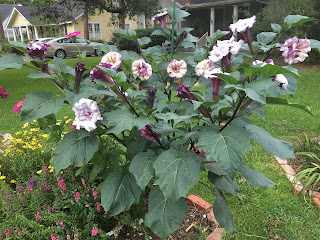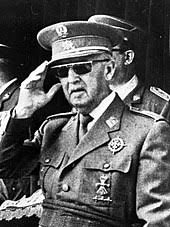Falling Man.
Falling Man
My Pa, a riveter by trade, died
building the Golden Gate Bridge. On Feb. 17, 1937, his work scaffold collapsed.
They had stretched a safety net under the floor of the bridge from end to end,
but it was only capable of catching men and lightweight tools.
It had saved 19 men from a cold drowning. Those lucky ones, they laughed and called themselves the “Halfway to Hell” club. But my Pa's scaffold was too heavy, and it broke clean through the net, carrying him and ten others down into the freezing, salty strait.
It had saved 19 men from a cold drowning. Those lucky ones, they laughed and called themselves the “Halfway to Hell” club. But my Pa's scaffold was too heavy, and it broke clean through the net, carrying him and ten others down into the freezing, salty strait.
Three months later, when they
opened the bridge to pedestrian traffic, my mother put on her Easter bonnet and
best shoes and took us kids to walk “that bridge.” All the Golden Gate widows
were given a place of honor beside the mayor on a platform, and in the warm
spring sunshine with a cheering crowd, the bridge boss, Smiling Joe Strauss,
called out the names of the men who had died “giving California this greatest
of gifts.”
We walked the bridge, and my
mother pointed to the soaring red towers, each with 600,000 rivets, she said,
put in place by men like my Pa, by their sweat and arms as hard as balcony
railings.
“It's a modern marvel,”
everyone said, and they posed for smiling photographs.
I wanted to love the bridge, then and ever since. But all I can see of it is cold unyielding steel and a falling man pleading with the sky.
I wanted to love the bridge, then and ever since. But all I can see of it is cold unyielding steel and a falling man pleading with the sky.




Comments
Post a Comment